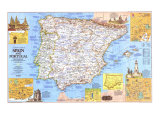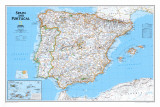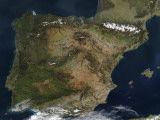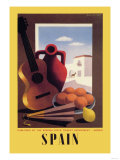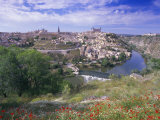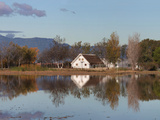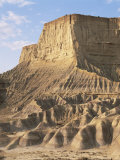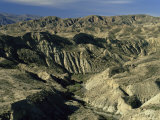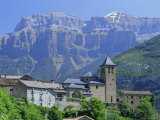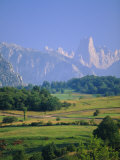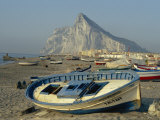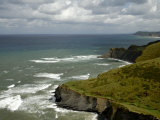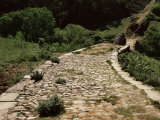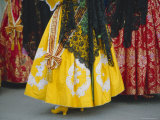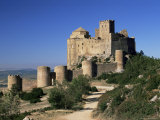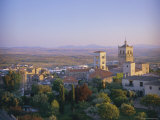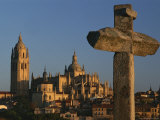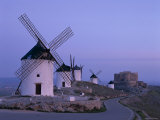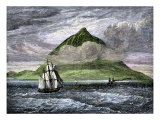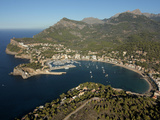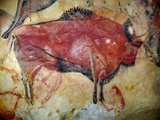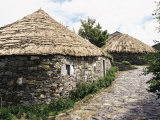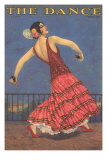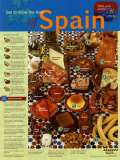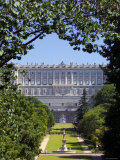|
|
|
|
|
|
|
|
|
|
|
|
|
|
|
|
|
BOOKS ABOUT
SPAIN & SPANISH
CULTURE
|
|
|
|
|
|
|
|
|
|
|
|
|
|
|
|
|
|
|
|
|
|
|
|
|
|
|
|
 |
|
|
|
Spain & Spanish Culture Education Posters & Prints
curriculum resources for classrooms and home schoolers.
|
geography > Europe > SPAIN & SPANISH CULTURE | Spain Cities (la ciudad) | Notable Spaniards | maps < social studies
|
The Kingdom of Spain, a constitutional monarchy, is located on the Iberian Peninsula of southwestern Europe. The name Spain derives from the Latin Hispania, the Roman name for the Iberian Peninsula.
Spain is bordered on the west by Portugal, the Atlantic Ocean on the west and north, on the northeast by France and the principality of Andorra, by the Mediterranean and Strait of Gibraltar on the east and south. Spain also has two exclaves in North Africa, another in the Pyrenees, controls the Canary Island in the Atlantic, and the Balearic islands in the Mediterranean.
Spain is the world's 51st largest country, slightly larger than the US state of California. Spanish regions have their distinct chararistics and history: Andalusia - Aragon - Asturias - Basque - Cantabria - Catalonia - Castile & Leon - Extremadura - Galicia - Murcia - Navarre - Valencia.
Spanish, español, one of the six official languages of the United Nations, is the world's second most spoken first language after Mandarin Chinese. The official Spanish language originated in the region of Castile, with Basque, Catalan, amd Galcian, also spoken regionally. Hispanohablante refers to speakers of Spanish regardless to their geographic location.
|
|
|
|
|
|
The Tagus, the longest river (el río) on the Iberian Peninsula flows from the southwestern end of the Iberian Mountain System through Spain, then forms a small part of the border between Spain and Portugal, before crossing Portugal and flowing into the Atlantic Ocean at Lisbon.
The lower part of the Tagus follows a fault line responsible for many earthquakes with major events in 1309, 1531, and 1755.
The Ebro River flows eastward 565 miles from Cantabria, discharging into the Mediterranean in Catalonia.
Guadalquivir River passes through Córdoba and Seville and flows into the Gulf of Cádiz, in the Atlantic Ocean.
|
|
|
|
Bardenas Reales is an arid, steppe-like semi-desert (el desierto) in Navarre, northern Spain, that has been declared a UNESCO Biosphere Reserve.
There are two distinct regions, called White Bardenas and the Black Bardenas, that contain unusual landforms formed by the the clay, chalk and sandstone being eroded by water and wind. The high plateaus and deep valleys have naturally conserved diverse eco-systems.
There is no human habitation in the reserve though the Bardenas Reales have more than 250 archeological sites from the Bronze and Iron Age, and the Roman period. Currently there is a military zone and winter grazing of sheep in Mediterranean grazing land area.
|
|
|
|
|
The Tabernas Desert of southeastern Spain (Andalusia) is in the “rain shadow” of the Sierra de los Filabres and the Sierra de Alhamilla to the south, in the Andaluscia region.
The Tabernas “badlands” topography so resembles the America West that the desert became the location of many spaghetti Westerns like “A Fistful of Dollars ”. ”.
|
|
|
|
Pyrenees is a range of mountains that separates the Iberian Peninsula from the rest of continental Europe and forms a natural border between France and Spain. The Pyrenees extend approximately 491 km (305 mi) from the Atlantic Ocean's Bay of Biscay (Cap Higuer) to the Mediterranean Sea (Cap de Creus).
The Picos de Europa (peak) are a range of mountains that comprise part of the Cantabrian Mountains. The Cantabrians stretch 180 miles across northern Spain, from the Galician Massif to the western end of the Pyrenees.
|
|
|
|
|
|
|
|
|
| Altamira Cave in northern Spain is famous for its Upper Paleolithic cave drawings and polychrome rock paintings depicting wild mammals and human hands.
A palloza, or casa de teito o casa de teitu, is a traditional thatched roundhouse that is built to withstand severe winters typical of high altitudes as found in the Serra dos Ancares in Galicia, Spain. They are related to the Iron Age round houses in Great Britain, just miles across to the north.
|
|
|
|
Flamenco is a type of folk music that evolved from the native Andaluisan, Moorish, Sephardic and Gypsy cultures of southern Spain. Flamenco includes singing, guitar playing, dance, handclaps, taps on shoes and the use of castanets.
UNESCO has declared flamenco as one of the Masterpieces of the Oral and Intangible Heritage of Humanity.
• dance posters
|
|
|
|
“Tapas” are appetizers in Spanish cuisine, the word also decribes the way and time of eating small amounts of food with friends at a tapas bar before the traditionally late dinner hours in Spain. The word tapas means “cover”, one explanation of the evolution of the word to describe a cuisine is the covering of a drink or food with a piece of bread to protect it from insects.
• Spanish language charts
|
|
|
|
The site of the capital of Spain, Madrid, along the Manzanares River on the Iberian Peninsula of Europe, has been occupied since prehistoric times.
The name Madrid evolved from the Arabic name for the river, al-Marjit, “source of water”.
The motto of Madrid is “Fui sobre agua edificada, mis muros de fuego son. Esta es mi insignia y blasón”. (On water I was built, my walls are made of fire. This is my ensign and escutcheon.)
The area around Madrid was known as Ursaria, Latin for “land of bears”, giving rise to the imagery of bears and their favorite morsels, the fruit of the Strawberry tree, as the emblem of Madrid.
• Spain cities posters
|
|
|
|
The Running of the Bulls through the streets of Pamplona during the festival of San Fermin is the most popular event in Spain and was brought to the world's attention by author Ernest Hemingway in The Sun Also Rises.
The purpose of the bulls running through streets, or in Spanish encierro from the verb encerrar, “to lock/shut up, to pen”, is to move the bulls from holding pens to the bullfighting ring. Since bullfighting is for professionals, the encierro gave any young man who dares a chance to show off. Encierros are also held in other towns in Spain as well as Portugal and Mexico.
|
|
|
|
SPAIN posters pg 1 | pg 2 Spaniards posters | previous page | top
|
|
I have searched the web for visual, text, and manipulative curriculum support materials - teaching posters, art prints, maps, charts, calendars, books and educational toys featuring famous people, places and events - to help teachers optimize their valuable time and budget.
Browsing the subject areas at NetPosterWorks.com is a learning experience where educators can plan context rich environments while comparing prices, special discounts, framing options and shipping from educational resources.
Thank you for starting your search for inspirational, motivational, and educational posters and learning materials at NetPosterWorks.com. If you need help please contact us.
|
|
|














